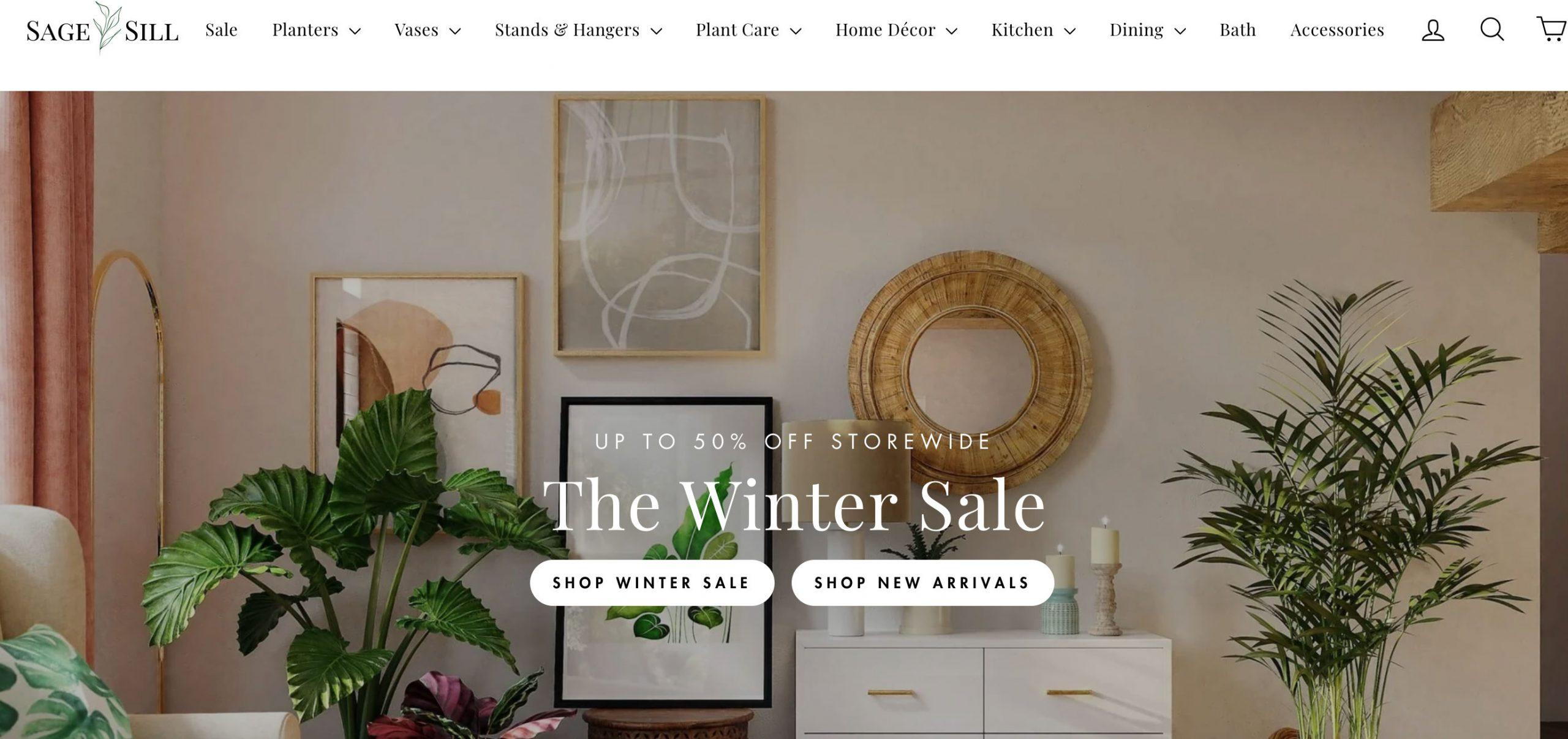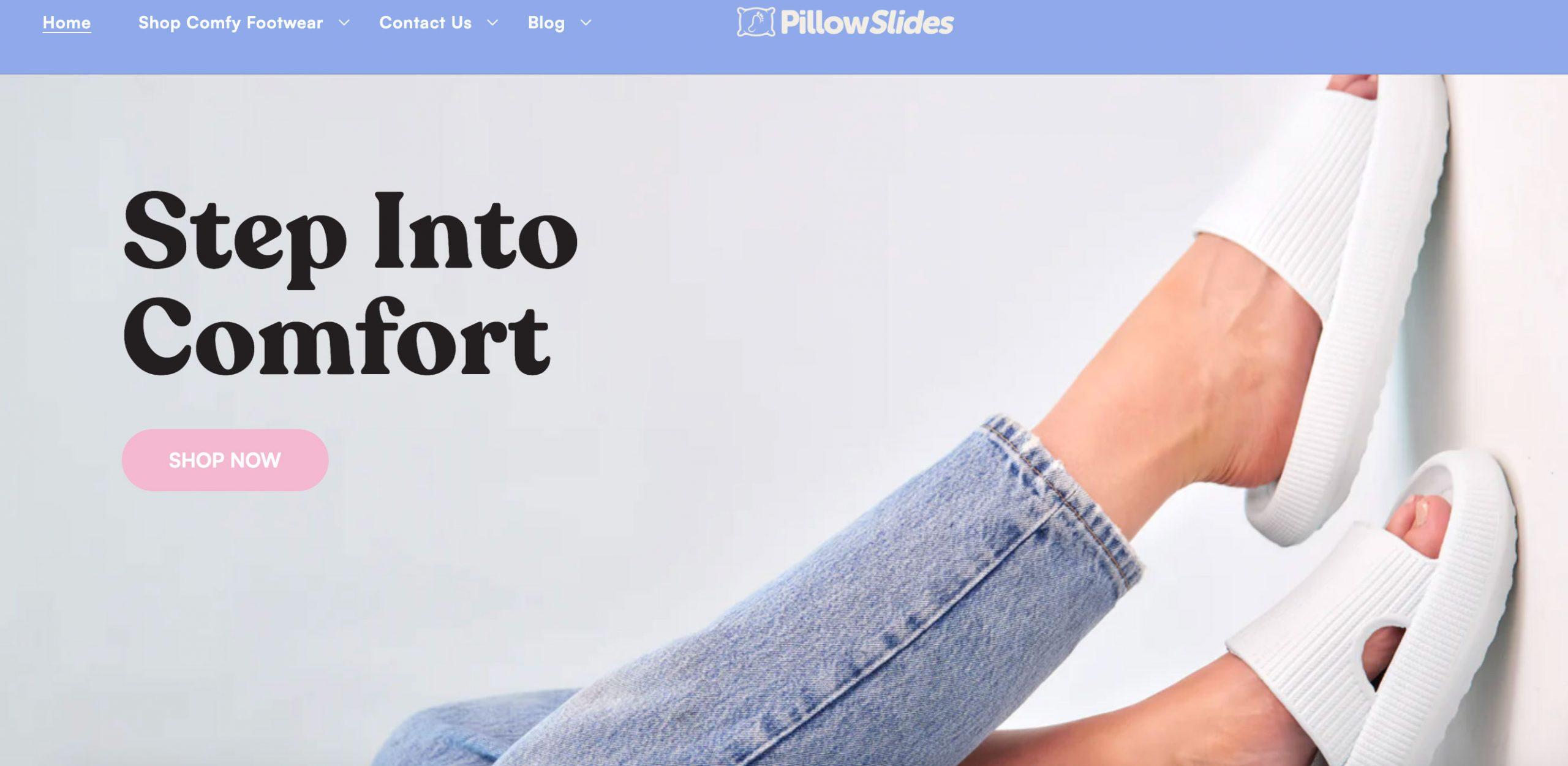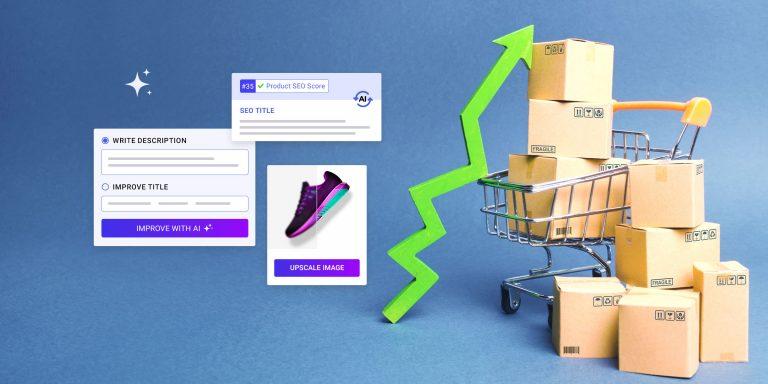In the whirlwind world of dropshipping, where competition is fierce and attention spans are short, building a brand identity that leaves a lasting impression is essential. You see, it’s not just about selling products anymore, it’s about telling a story, your story, that resonates, captivates, and converts.
If you love to watch a video on this topic, then press play below and be sure to follow us on YouTube for more videos like this one.
Now, if you’re more of a reader (like the author of this article), then read on as we’ll be exploring the essential yet often overlooked aspect of dropshipping, brand identity, and how to go beyond the basics to create one that truly stands out.
Table of Contents
Why does a strong brand identity matter for your dropshipping business?
In case you’re thinking that a brand identity is just about creating a logo and calling it a day, well, it’s not. It’s actually about having a narrative that speaks volumes without saying a word. Here’s why it matters.
Trust
In the competitive world of ecommerce, trust is everything. It’s the currency of commerce. Did you know that 44% of consumers are more inclined to open their wallets to brands they trust? And a strong brand identity is your golden ticket to earning it.
Differentiation
It’s not just about trust; it’s also about differentiation. With the dropshipping landscape expanding by the minute – the latest dropshipping statistics show that the industry will reach $1,253.79 billion by 2030 – blending in isn’t an option. A strong brand identity sets you apart.
Revenue
And let’s not forget about revenue. A strong brand identity isn’t just a nice-to-have. It’s the difference between being an afterthought and becoming a customer’s first choice. Happy customers become brand ambassadors, driving more business your way and ultimately boosting your revenue.
So, how do you go beyond the basics and create a brand identity that will get the right attention? Here are four steps to guide you.

4 Steps to build a strong brand identity for your dropshipping business
Understand your mission, core values, and brand positioning
These are the elements that will shape your brand identity and guide your choices in design, colors, and messaging. Here are some of the questions you need to answer:
- Mission: Why are you in the dropshipping business?
- Core values: What are the fundamental beliefs and guiding principles that drive your dropshipping business?
- Personality: If your brand was a person, what personality would they have? How do you want people to feel about your store and brand?
- Brand Positioning: What unique value does your brand provide that sets it apart from your competitors?
- Brand Voice: Which persona do you take when communicating with your audience?
Take NotebookTherapy, for instance. This dropshipping business specializes in stationery, and a glance at its homepage reveals a classic yet modern brand identity. Their color scheme and imagery set them apart from competitors, showcasing their unique positioning.

Understand your audience inside out
To resonate with your audience, you must first understand them inside out. Dive deep into audience research and create detailed buyer personas. What are their expectations, needs, and values? Tailor your brand identity to align with their desires. Here’s a great guide to creating buyer personas.
For example, if your target audience is eco-conscious, your brand identity should highlight sustainable practices. Considering that Millennials are particularly eco-conscious, incorporating eco-friendly elements into your brand identity can resonate deeply with them.
It’s Showtime
Choose the right colors, design a memorable logo, and define your brand’s language and tone. Your colors, logo, and language should all reflect your brand’s personality.
Take Sage & Sill, for example. This dropshipping store specializing in home and decor items uses a consistent dark green color throughout its website and logo, creating a branded and uniform feel.

When designing your logo, opt for simplicity that reflects your brand essence. Similarly, focus on fonts and typography to create contrast and enhance your brand’s identity.
Let’s take another brand and look mainly at their fonts and typography. Here’s Pillow Slides, a dropshipping store focused on footwear, a special kind of slippers. Now, they use one main font for their main content and another for navigation and headers. This helps create contrast in their texts without losing that “walking on a pillow” feeling.

Set the rules
And last but not least, set the rules. Establish brand guidelines to maintain consistency across all channels, from your website to your packaging. These guidelines serve as the roadmap to preserving your brand identity.
Here are some of the aspects to include in your guideline:
- The right versions of your logo, such as sizes, colors, etc.
- The right typography to use on different channels
- The right color codes for your color palette
- Your brand language, tone, and messaging.
From logo usage to typography and brand language, consistency is key to reinforcing your brand’s identity and recognition.
Once the brand guidelines are set, you can start setting up your website and blog design, social media channels, product photos and packaging, and any other aspects of your dropshipping business. For example, you can use eco-friendly custom packaging to differentiate from the crowd (check out Arka).

Stand out with a powerful brand identity
In this ever-evolving landscape of dropshipping, building a strong brand identity isn’t a luxury; it’s a necessity. It builds trust, sets you apart from competitors, and drives revenue growth.
By understanding your mission, audience, and design elements, and by establishing clear brand guidelines, you can create a brand identity that resonates with your target audience and paves the way for success.
So, dare to be different, and craft a brand identity that leaves a lasting impression on your customers’ minds. Happy branding!











